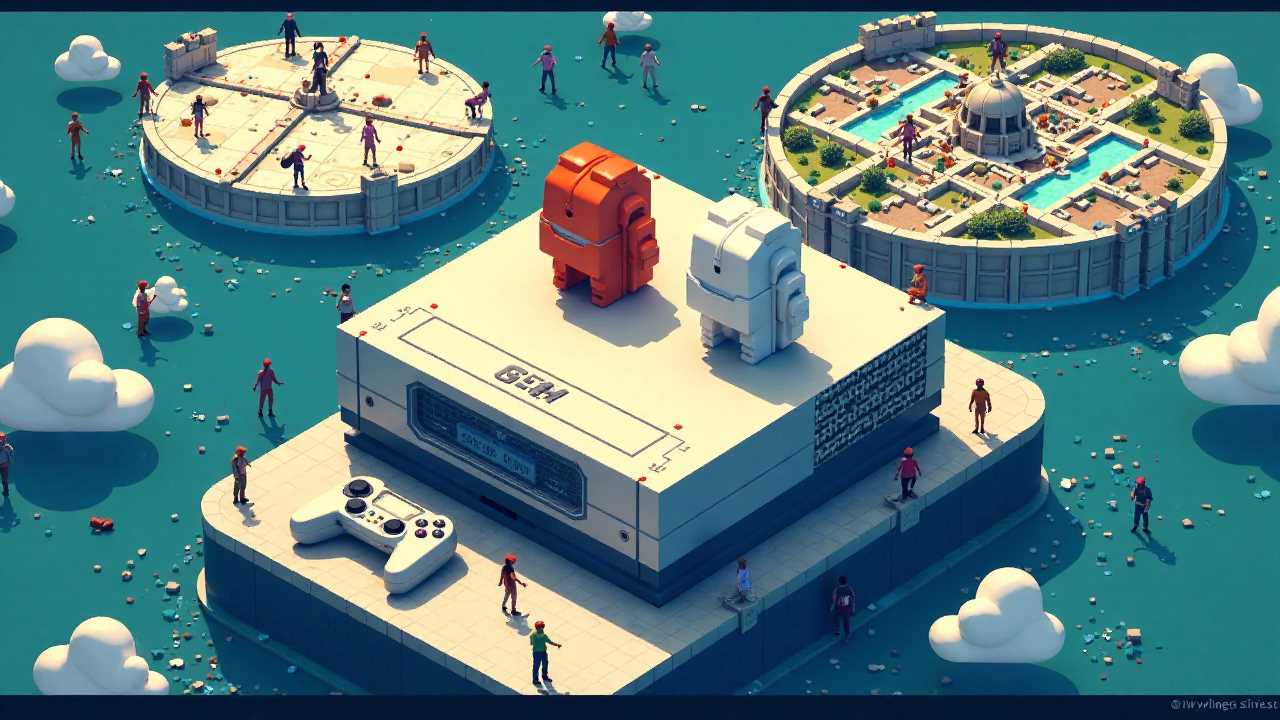
Understanding Isometric Art in Strategy Games
Isometric art has become a cornerstone in the design of strategy games, providing a unique perspective that enhances gameplay and visual appeal. This style allows developers to create immersive environments that players can navigate easily. By utilizing a top-down view, isometric art offers a three-dimensional appearance on a two-dimensional plane, making it an ideal choice for grid-based games. This perspective not only enriches the aesthetic experience but also facilitates strategic movement and planning.
The Significance of Pixelated Graphics
In the realm of mobile gaming, pixelated graphics have gained immense popularity. This retro style evokes nostalgia while appealing to modern audiences. The charm of pixel art lies in its simplicity and clarity, which can effectively convey character emotions and actions. When designing character sprites, it is vital to maintain a consistent pixel size to ensure that all elements blend seamlessly within the game environment. This consistency enhances the overall visual coherence and allows players to engage more deeply with the game.
Creating Engaging Character Sprites
Character sprites are the lifeblood of any strategy game. They represent the players’ avatars and the various entities within the game world. To create compelling character sprites, we focus on several key aspects:
1. Design Consistency: Each character should have a distinct look that aligns with the game’s theme. Consistent use of colors, shapes, and styles helps players quickly identify different characters.
2. Animation Fluidity: Smooth animations are crucial for maintaining player engagement. By using a grid-based approach, animators can create fluid movements that feel natural and responsive.
3. Expressive Features: Characters should be designed with expressive features that convey emotions and actions effectively. This can be achieved through careful pixel placement and color choices.
4. Scalability: With the increasing demand for mobile gaming, character sprites must be designed to scale effectively across various screen sizes. This ensures that players have a consistent experience, regardless of the device they use.
Designing Tile Sets for Immersive Environments
Tile sets are another essential component of isometric art in strategy games. They serve as the building blocks for the game world, allowing developers to create diverse environments efficiently. Here are some critical considerations when designing tile sets:
1. Modularity: Tile sets should be modular, allowing for easy combination and rearrangement. This flexibility enables developers to create complex environments without the need for extensive redesign.
2. Thematic Cohesion: Each tile should reflect the game’s overall theme. Whether it’s a medieval castle or a futuristic city, maintaining thematic cohesion across tiles enhances immersion.
3. Interactive Elements: Including interactive elements within tile sets can significantly enhance gameplay. Players should be able to interact with various tiles, whether it’s opening a door or triggering a trap.
4. Visual Variety: A diverse range of tiles keeps the game visually interesting. By incorporating different textures, colors, and shapes, developers can create unique environments that captivate players.
Optimizing for Mobile Interfaces
The mobile interface is a critical aspect of game design that directly impacts player experience. An intuitive interface ensures that players can navigate the game effortlessly. Here are some strategies for optimizing mobile interfaces in isometric strategy games:
1. Touch-Friendly Controls: Controls should be designed for touch interaction, allowing players to easily select characters and navigate the game world. Implementing gestures can enhance the user experience.
2. Clear Visual Hierarchy: The interface should have a clear visual hierarchy, guiding players’ attention to essential elements. This can be achieved through strategic use of colors, sizes, and spacing.
3. Responsive Design: The interface must be responsive to different screen sizes and orientations. This adaptability ensures that players have a consistent experience, whether they are using a smartphone or a tablet.
4. Feedback Mechanisms: Providing immediate feedback for player actions enhances engagement. Visual and auditory cues can inform players of successful actions or errors, fostering a more interactive experience.
The Future of Isometric Art in Strategy Games
As we continue to push the boundaries of mobile game design, isometric art will remain a vital component of strategy games. By mastering the creation of pixelated character sprites and tile sets, we can craft visually stunning and engaging experiences for players. The integration of intuitive mobile interfaces will further enhance gameplay, ensuring that players remain immersed in the game world. As technology evolves, so too will the possibilities for isometric art, paving the way for innovative and exciting developments in the gaming industry.
 Digital Art InstructionDIY Infographics DesignMobile Game ArtworkPersonalized Logo Design3D AnimationeBook Covers DesignPrivacy PolicyTerms And Conditions
Digital Art InstructionDIY Infographics DesignMobile Game ArtworkPersonalized Logo Design3D AnimationeBook Covers DesignPrivacy PolicyTerms And Conditions
